Acta Scientific Ophthalmology (ASOP)
Research Article Volume 3 Issue 3
Alfred A Onua1 and Ihunanya Ibanga2*
1Department of Ophthalmology, University of Port Harcourt, Nigeria, West Africa
2Mecure Healthcare Limited Eye Center, Lagos, Nigeria, West Africa
*Corresponding Author: Ihunanya Ibanga, Mecure Healthcare Limited Eye Center, Lagos, Nigeria, West Africa.
Received: February 17, 2020; Published: February 27, 2020
Aim: To determine the visual status and visual challenges of ‘Persons with Albinism’ (PWA) in Port Harcourt, Niger Delta, Nigeria.
Methods: This was a descriptive cross-sectional study of 116 persons with albinism in Port Harcourt over a five-month period. Visual assessments were used to ascertain the participants visual acuity, visual needs and challenges. Detailed ocular examination of the visual acuity, anterior and posterior segments were carried out. Data was analysed using SPSS version 25. Chi square and Independent sample T test were the statistical tools. A p-value ≤ 0.05 was considered statistically significant.
Results: Forty-four participants (37.9%) were males. Male to female ratio was 1:1.6. The mean age of participants was 26.12 ± 14.32 years (range: 5-56 years). Difficulty in performing near work was the major complaint of the study participants 96 (82.7%). Most eyes were visually impaired for both distance (98.3%) and near vision (96.6%). With refraction and Low Vision Aid (LVA), there was significant improvement of the mean VA by 2 - 3 acuity lines and 6 acuity lines respectively (p = 0.000). All the examined eyes had fundus hypo-pigmentation, 91.4% had iris trans-illumination, 86.2% had nystagmus and 34.4% had strabismus.
Conclusion: Majority of the study participants (98.3%) had reduced near and distance visual acuity There was a significant improvement in the participants vision with correction (p = 0.00). Refraction with appropriate correction of near and distance vision should therefore be part of the routine ophthalmic services for PWA.
Keywords: Visual Status; Persons with Albinism; Niger Delta Region
References
- Oetting WS and King RA. “Molecular basis of albinism: Mutations and polymorphisms of pigmentation genes associated with albinism”. Human Mutation 13.2 (1999): 99-115.
- Gronskov K., et al. “Oculocutaneous albinism”. Orphanet Journal of Rare Diseases 2 (2007): 43.
- Kamaraj B and Purohit R. “Mutational Analysis of TYR gene and its structural consequences in OCA1A”. Gene 513.1 (2012): 5-9.
- Manga P., et al. “Biology and genetics of oculocutaneous albinism and vitiligo - Common pigmentation disorders in southern Africa”. South African Medical Journal 103.12 (2013): 984-988.
- Kamaraj B and Purohit R. “Mutational analysis of oculocutaneous albinism: A compact review”. BioMed Research International 204.4 (2014):1-10.
- Okoro AN. “Albinism in Nigeria”. British Journal of Dermatology 92.5 (1975): 485-492.
- Hong ES., et al. “Albinism in Africa as a public health issue”. BMC Public Health 6 (2006): 212-217.
- Hertle R and Cochran M. “Clinical Contrast Sensitivity (CS) Testing in Patients with Infantile Nystagmus Syndrome (INS) Before and After Eye Muscle Surgery”. Investigative Ophthalmology and Visual Science 56.7 (2015): 3999-4001.
- Conley J., et al. “The optic nerve and retinal vasculature in albinism: Normal or abnormal?” Journal of AAPOS 17.1 (2013): e12-e13.
- Summers CG. “Albinism: Classification, Clinical Characteristics and Recent Findings”. Optometry and Vision Science 86.6 (2009): 659-662.
- Udeh NN., et al. “Prevalence and Profile of Ophthalmic Disorders in Oculocutaneous Albinism: A Field Report from South-Eastern Nigeria”. Journal of Community Health 39.6 (2014): 1193-1199.
- Ikuomola A. “Socio-Cultural Conception of Albinism and Sexuality Challenges among Persons with Albinism (PWA) in South- West, Nigeria”. Indian Journal of Animal Health 4.14 (2015): 189-208.
- Ajose F., et al. “Visual Defect in Oculocutaneous Albinism is Not Associated with Gross Structural Anomaly”. Journal of Clinical and Experimental Dermatology Research 5.4 (2014): 1-4.
- Von Dem Hagen EAH., et al. “Identifying human albinism: A comparison of VEP and fMRI”. Investigative Ophthalmology and Visual Science 49.1 (2008): 238-249.
- Healey N., et al. “Are worldwide albinism prevalence figures an accurate reflection? An incidental finding from a Northern Ireland study”. British Journal of Ophthalmology 98.7 (2014): 990-994.
- King R., et al. “Abnormalities of pigmentation”. In: Rimoin D, Connor J, Pyeritz R, Korf B (eds) Emery and Rimoin’s Principles and Practice of Medical Genetics. Churchill Livingstone Elsevier, Philadelphia, 5th edition (2007): 3380-3427.
- Khanal S., et al. “Visual deficits in Nepalese patients with oculocutaneous albinism”. Journal of Optometry 9.2 (2016):102-109.
- Eballé AO., et al. “Refractive errors in Cameroonians diagnosed with complete oculocutaneous albinism”. Clinical Ophthalmology 7 (2013): 1491-1495.
- Schulze SM., et al. “Refractive errors, visual impairment, and the use of low-vision devices in albinism in Malawi”. Graefe's Archive for Clinical and Experimental Ophthalmology 253.4 (2015): 655-661.
- Anderson J., et al. “Efficacy of spectacles in persons with albinism”. Journal of AAPOS 8.6 (2004): 515-520.
- Preising MN., et al. “Screening of TYR, OCA2, GPR143, and MC1R in patients with congenital nystagmus, macular hypoplasia, and fundus hypopigmentation indicating albinism”. Molecular Vision 17 (2011): 939-948.
- Kutzbach BR., et al. “Evaluation of vision-specific quality-of-life in albinism”. Journal of AAPOS 13.2 (2009): 191-195.
- Holmström G., et al. “Optical coherence tomography is helpful in the diagnosis of foveal hypoplasia”. Acta Ophthalmologica 88.4 (2010): 439-442.
- Sjöström A., et al. “Subnormal Visual Acuity (SVAS) and albinism in Mexican 12–13-year-old children”. Documenta Ophthalmologica 108.1 (2004): 9-15.
- Wolf B., et al. “Comparison of clinical findings in pediatric patients with albinism and different amplitudes of nystagmus”. Journal of AAPOS 9.4 (2005): 363-368.
- Dorey SE., et al. “The clinical features of albinism and their correlation with visual evoked potentials”. British Journal of Ophthalmology 87.6 (2003): 767-772.
Citation
Citation: Alfred A Onua and Ihunanya Ibanga. “Visual Status and Visual Challenges of Persons with Albinism in A Metropolitan City of Niger Delta Region, Nigeria”. Acta Scientific Ophthalmology 3.2 (2020): 29-34.
Copyright
Copyright: © 2020 Alfred A Onua and Ihunanya Ibanga. This is an open-access article distributed under the terms of the Creative Commons Attribution License, which permits unrestricted use, distribution, and reproduction in any medium, provided the original author and source are credited.
Journal Menu
Metrics
News and Events
- Certification for Review
Acta Scientific certifies the Editors/reviewers for their review done towards the assigned articles of the respective journals. - Submission Timeline for Upcoming Issue
The last date for submission of articles for regular Issues is April 30th, 2024. - Publication Certificate
Authors will be issued a "Publication Certificate" as a mark of appreciation for publishing their work. - Best Article of the Issue
The Editors will elect one Best Article after each issue release. The authors of this article will be provided with a certificate of "Best Article of the Issue". - Welcoming Article Submission
Acta Scientific delightfully welcomes active researchers for submission of articles towards the upcoming issue of respective journals.
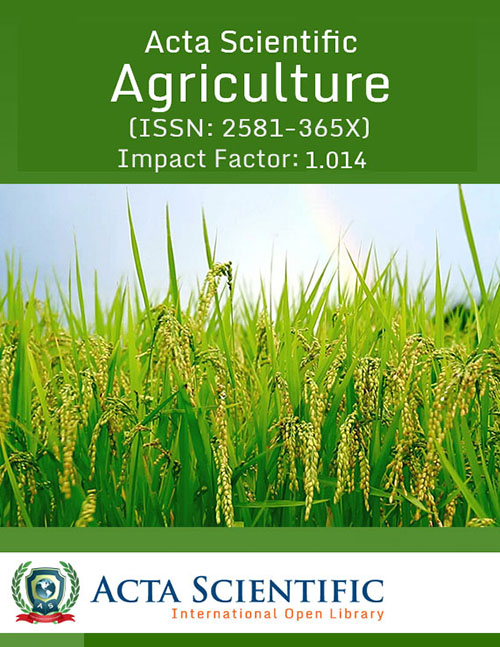
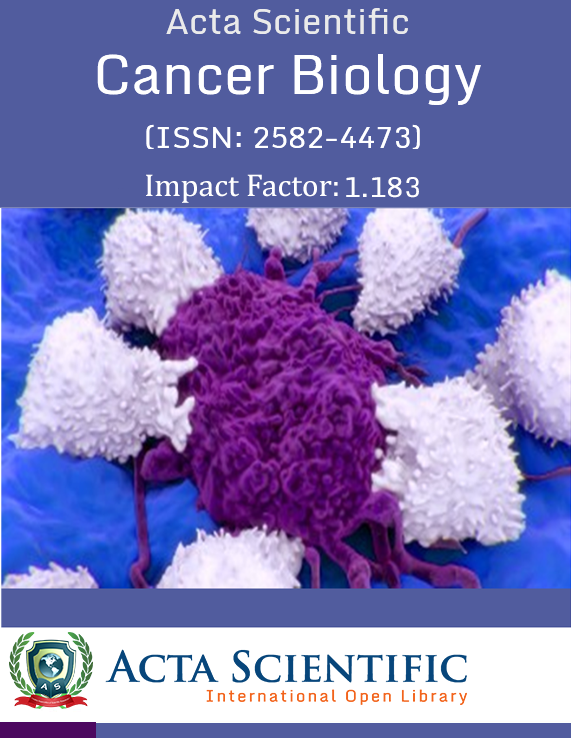


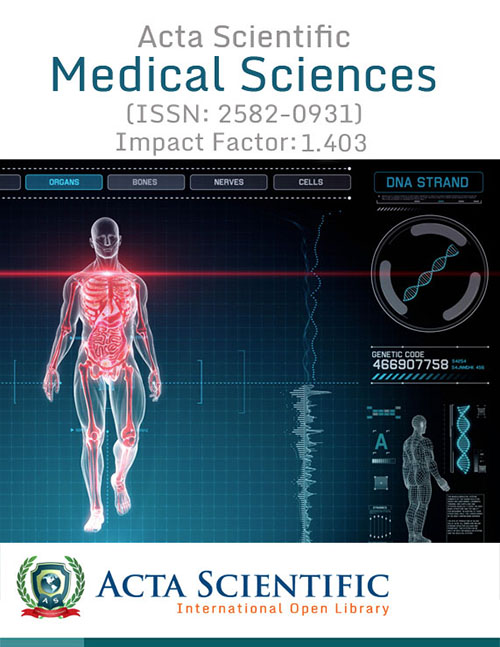


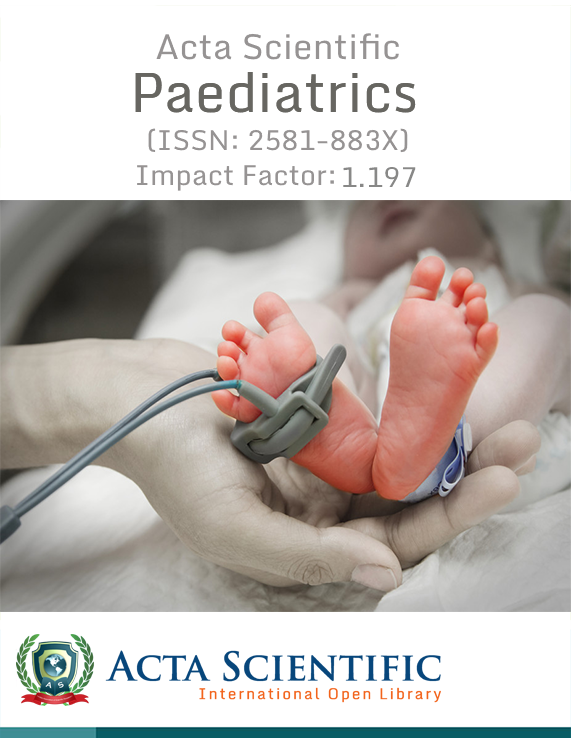
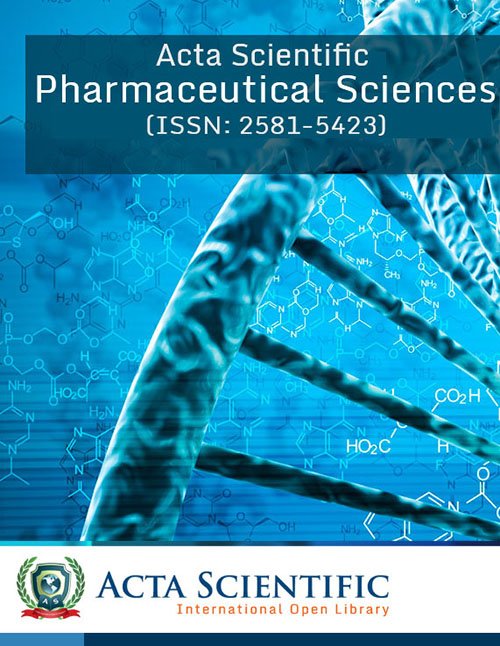









 +91 9182824667
+91 9182824667